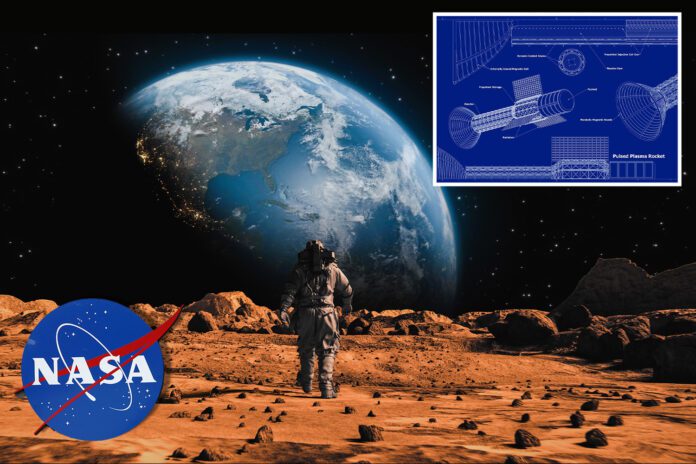NASA has revealed it is funding the development of a landmark pulsed plasma rocket (PPR) that it hopes will enable “a whole new era in space exploration.” The rocket is hoped to take future astronauts to Mars in just two months—less than half the time that is currently possible.
The goal of landing humans on Mars has presented a myriad of challenges, including the need to transport large payloads to and from the distant planet quickly. Depending on the positions of Earth and Mars, would take almost two years for a round trip using current propulsion technology.
The Pulsed Plasma Rocket (PPR), under development by Howe Industries, is a propulsion system designed to be far more efficient than current methods of deep space propulsion, enabling the trip between Earth and the Red Planet to be made in just two months.
Specifically, the rocket will have a high specific impulse, a measure of how efficiently an engine generates thrust. According to a statement from NASA, this technology could, therefore, enable astronauts and cargo to travel to and from Mars more efficiently and rapidly than existing spacecraft.
Stemming from the Pulsed Fission Fusion concept, the PPR uses a fission-based nuclear power system, which obtains energy from the controlled splitting of atoms, to generate thrust for spacecraft propulsion.





